The Jewish Cemetery in Gibraltar. Between 1746 and 1848 a cemetery, Jews’ Gate Cemetery (also called Windmill Hill Cemeter)y, was located just below the Pillars of Hercules.
By Nick Nutter | Updated 11 Apr 2024 | Gibraltar | Places To Go |
Login to add to YOUR Favourites or Read Later
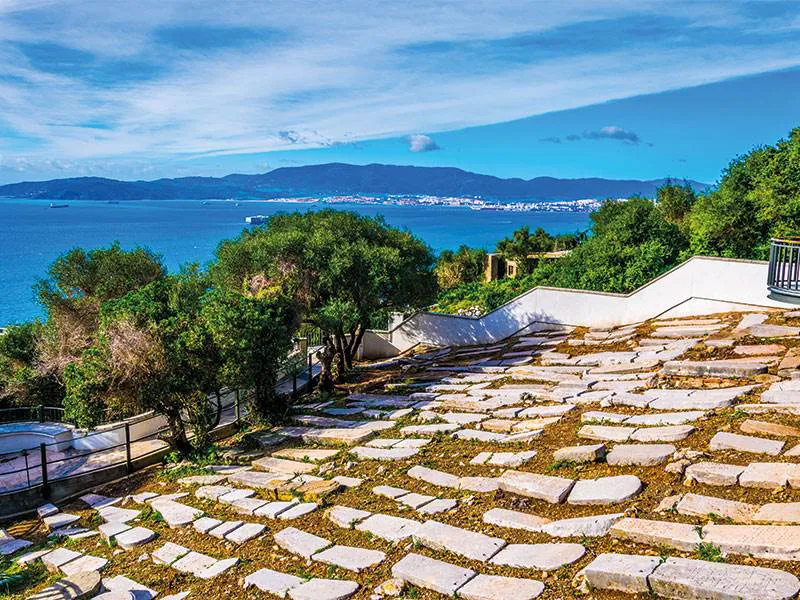
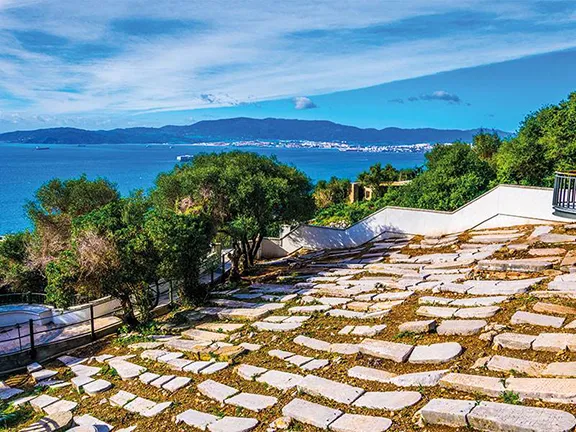
Between 1746 and 1848 a cemetery, Jews’ Gate Cemetery, also called Windmill Hill Cemetery, was located just below the Pillars of Hercules. Why the Jews took to burying their dead there is not known.
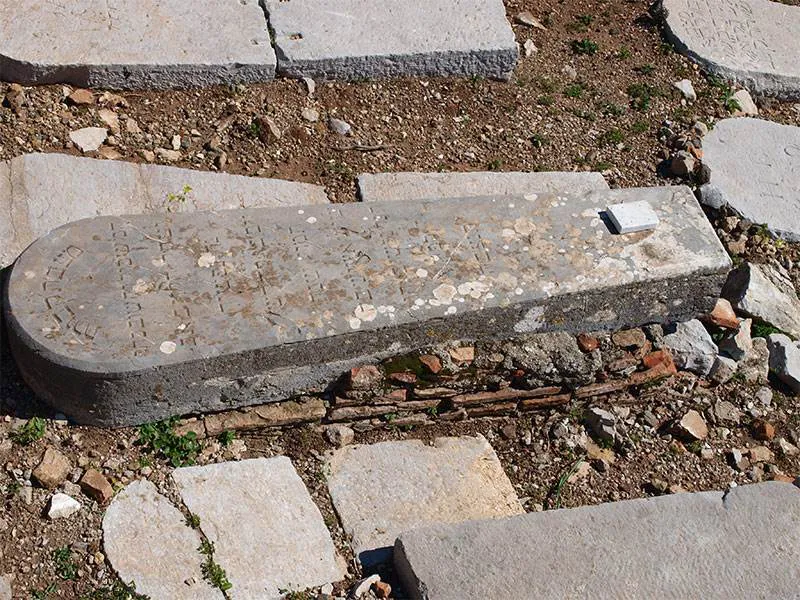
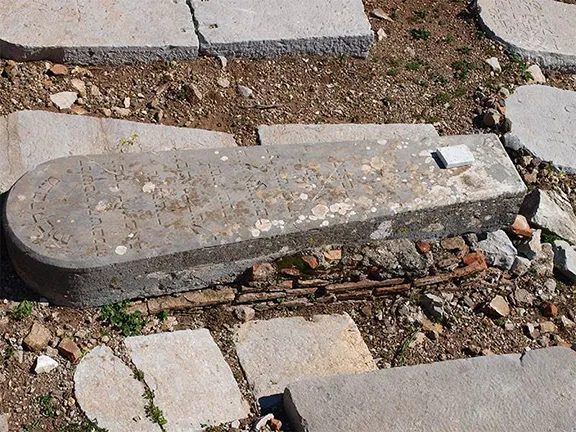
Before 1704, Gibraltar was part of Spain, and the Jews that lived there were subject to the Spanish laws of the Decree of Expulsion, also known as the Alhambra Decree. This decree from 1492, ordered the expulsion of practising Jews from the Kingdoms of Castile and Aragon and its territories and possessions.
In 1516, Charles 1 of Spain officially unified all the territories in the Iberian Peninsula, apart from Portugal, into the modern-day state of Spain. As a result of this decree, many thousands of Jews had been forced to convert to Christianity, thousands more had been deported from Spain, and the remainder lived in fear of deportation or worse, so hid their religious ideology. The Alhambra Decree was only revoked by the Vatican in 1968.
In 1713, the Treaty of Utrecht made Gibraltar a British possession in perpetuity. One of the terms of the treaty ran as follows:
'Her Britannic Majesty [Queen Anne], at the request of the Catholic King [Philip V], does consent and agree that no leave shall be given, under any pretext whatsoever, either to Jews or Moors to reside or have their dwellings in the said town of Gibraltar'
Britain never took much notice of this clause. As a result, the Jewish community on Gibraltar felt increasingly more confident about openly practising their religion.
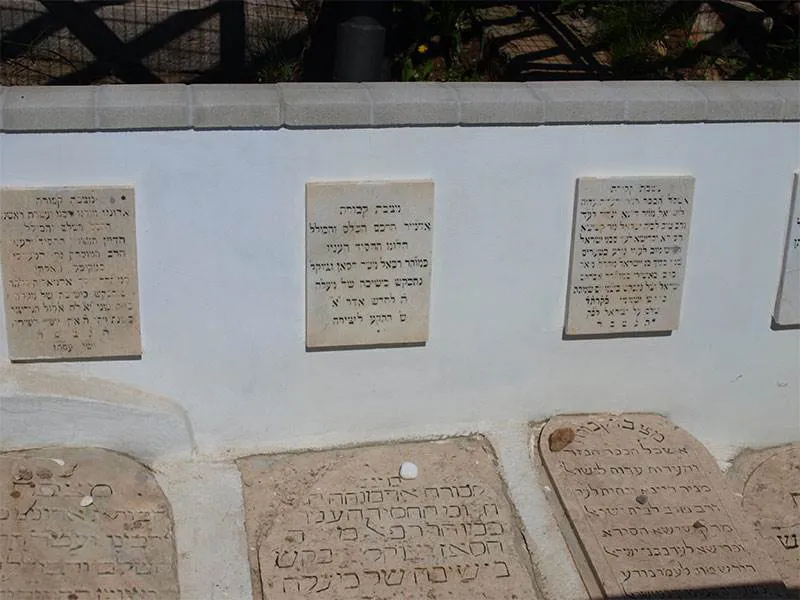
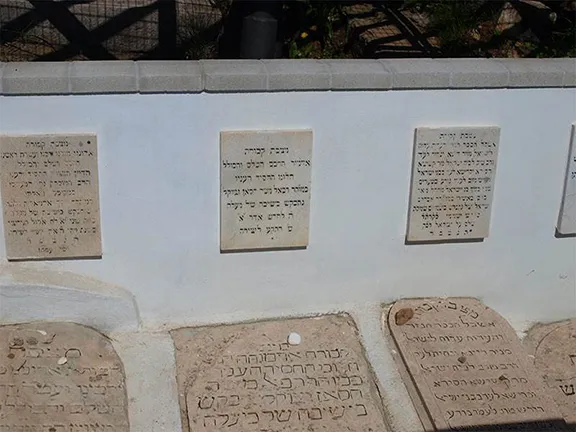
As to the question of why the cemetery was located beneath the Pillars of Hercules high up on the Rock, overlooking the Strait?
One theory is that, in the early years of British rule, politically it was better to keep a low profile, and not risk expulsion from Gibraltar as mandated by the Treaty of Utrecht. Presumably feeling more secure, in 1759, the first synagogue was opened in Irish Town, admittedly screened from the street.
In 1848, the Governor of Gibraltar ordered that,
'no more interments shall take place at the former Burial Ground above Wind Mill Hill but that all future Hebrew dead shall be deposited in the allotted portion of the New Cemetery.'
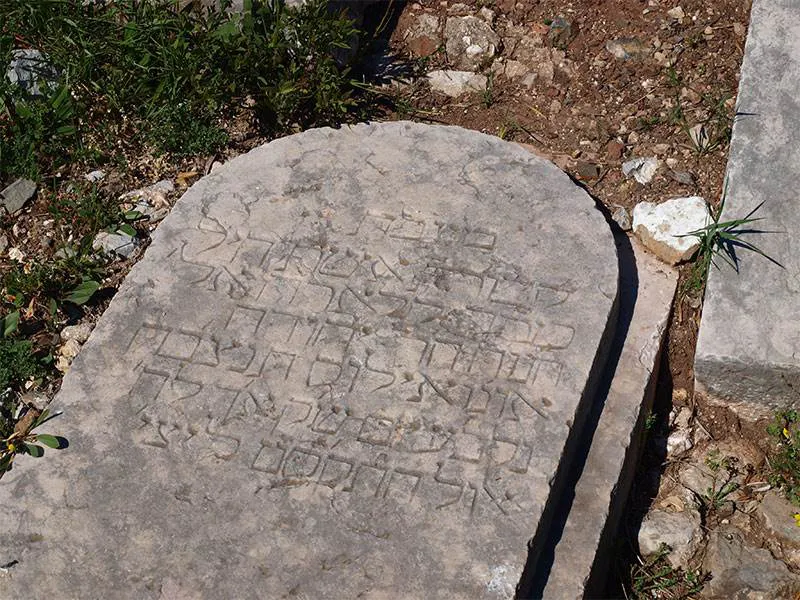
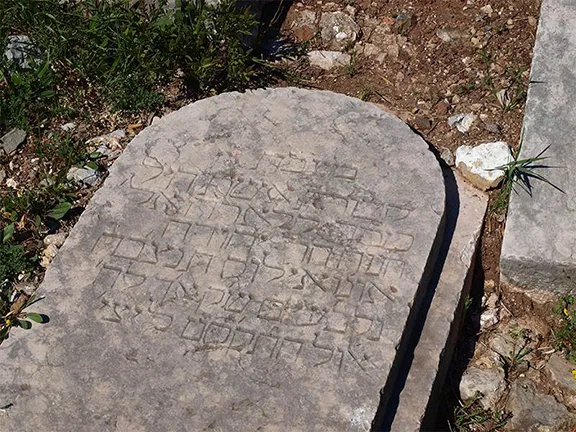
Since that date, the cemetery at the foot of the north face of The Rock, now known as North Front Cemetery, has been used by all denominations including Hindu, Christian, both Catholic and C. of E., and Muslim. The Jewish section is separated from the rest by a wall as tradition demands.
Meanwhile, the Jewish Cemetery became neglected until the early years of the 21st century.
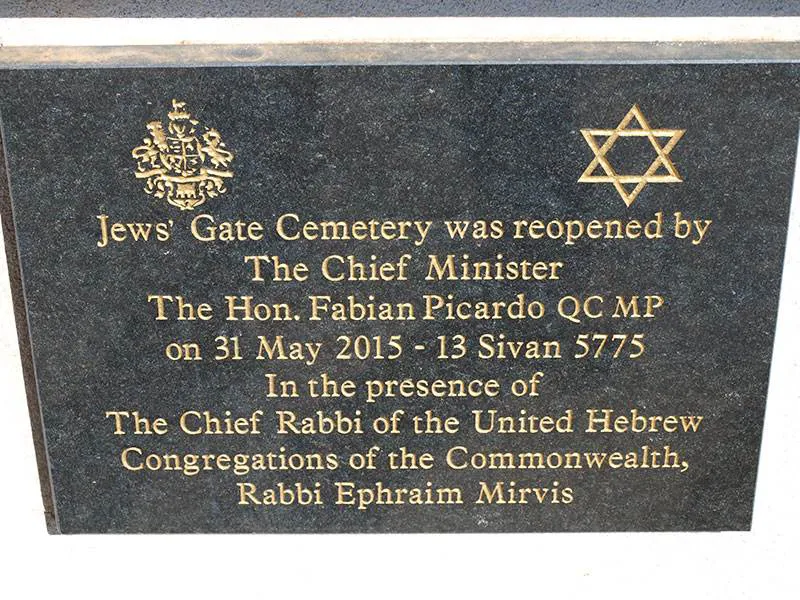
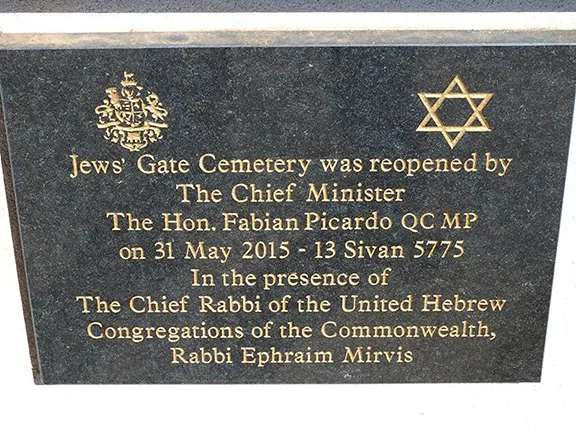
On the 31st May 2015, or 13 Sivan 5775 according to the Hebrew calendar (the Hebrew calendar starts one year before the Hebrew calculated day of creation), the cemetery was re-opened by the Chief Minister, the Honourable Fabian Picardo QC MP, in the presence of the Chief Rabbi of the United Hebrew Congregations of the Commonwealth Rabbi Ephraim Mirvis.
The gravestones are mainly horizontal in a style known as Sephardic. On its re-opening, the Chief Rabbi of Gibraltar, Rabbi Roni Hassid, wrote the following of the cemetery:
'Until recently, many of the graves were covered over with mud and peat. Those are the best preserved. Others that were exposed to the elements have become illegible, and many of the stones have crumbled.
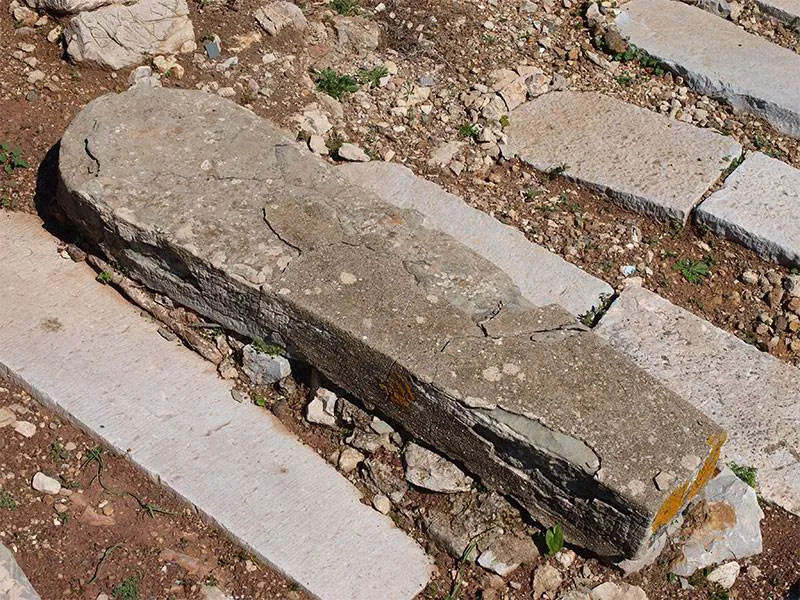
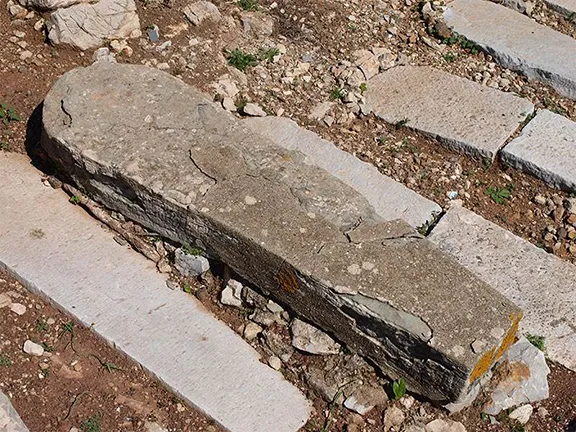
During the winter and spring months, the vegetation is allowed to grow rapidly and profusely giving the impression of neglect.
In fact, the place is the favourite mating ground of the rare Barbary partridge and it is in deference to the Ornithological Society that the vegetation is left until after the nesting season. Lag BaOmer sees the traditional annual pilgrimage to the tombs of the Tsadikim (Righteous people) and by then the shrubs have usually been cleared.
In the centre of the cemetery is a stone wall that encloses the burial area of ten or more of Gibraltar’s Judges of Religious Law.
Here you will find the oldest legible tomb, that of Chief Rabbi Solomon Abudarham. Abudarham inaugurated the Flemish Synagogue on Line Wall Road at the turn of the 19th century, laying the stone which still bears his name. He also established a school of religious study in Parliament Lane. Abudarham died in 1804, a victim of a yellow fever epidemic.
A visit to Jews' Gate Cemetery is a reflective journey into Gibraltar's multicultural past, offering insights into the diversity that has shaped the Rock over centuries. It's a reminder of the enduring legacy of the Jewish community in Gibraltar and an opportunity to connect with the territory's complex history in a unique and meaningful way.
Jews' Gate Cemetery is situated on Windmill Hill, just below Jew's Gate entrance to the Upper Rock Nature Reserve. It's accessible on foot, by taxi, or as part of a guided tour. If you're heading to the Upper Rock or St. Michael's Cave, you can easily include the cemetery in your itinerary.
There is no admission fee to visit the cemetery itself. However, accessing other nearby attractions within the Upper Rock Nature Reserve requires a ticket.
The cemetery is a serene and solemn site, with tombstones dating back to the 18th and 19th centuries. Visitors are encouraged to walk through respectfully and observe the historical and cultural significance of the site. Refrain from touching the tombstones, and not disturbing any floral tributes or memorials.
The cemetery is located on a slope, and while the main paths are navigable, those with mobility issues may find access challenging. Comfortable walking shoes are recommended due to the uneven terrain.
If you're interested in the history of Gibraltar's Jewish community, a visit to Jews' Gate Cemetery can be combined with stops at other Jewish heritage sites in Gibraltar, including the Flemish Synagogue and the Jewish Heritage Centre. This provides a more comprehensive understanding of the historical and cultural landscape of the territory.
A great way to access Gibraltar's top attractions is with the 1-day Gibraltar Pass.
This digital pass provides entry to over 15 of the territory's attractions including those in the Upper Rock Nature Reserve. You'll get cable car access and free bus transport from border and cruise port to city centre & cable car (plus other freebies and discounts!).
Best of all, you can access the pass via your mobile phone and just scan it at the included attractions, making it convenient and hassle-free.
Get the Gibraltar Pass in advance here:
If you're based in Costa del Sol, an easy way to visit Gibraltar is on a Malaga to Gibraltar Day Tour.
Read our articles for more on visiting Gibraltar: